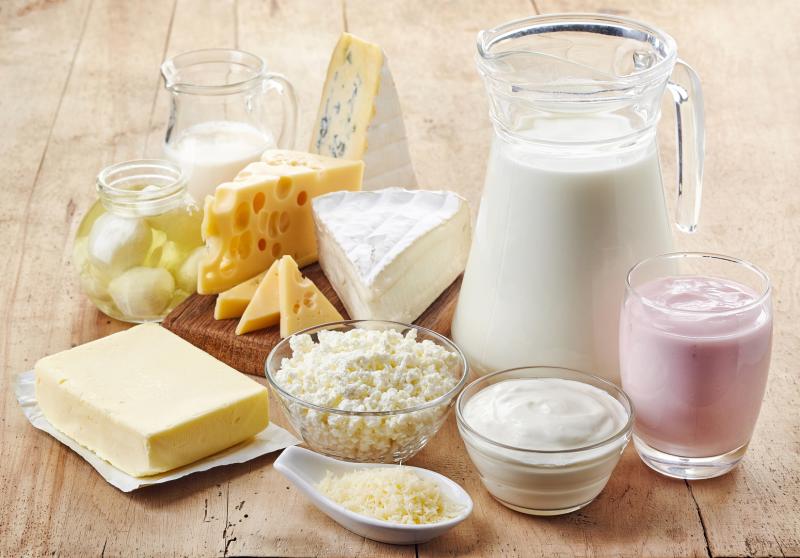High intakes of egg, fish, dairy products may protect women against CVD




 Cheese and other dairy products may actually be good to prevent type 2 diabetes and lower the risk of heart diseases, according to several studies.
Cheese and other dairy products may actually be good to prevent type 2 diabetes and lower the risk of heart diseases, according to several studies.A dietary pattern (DP) characterized by high intakes of eggs, fish, milk, and other dairy products appears to confer protective benefits against incident cardiovascular disease (CVD) in women, reveals a study.
“Using long-term follow-up data from a Korean study, we identified a DP based on dietary retinol, riboflavin, and niacin characterized by high intakes of eggs, fish, milk, and dairy products,” the researchers said. “The association of this DP with the risk of development of CVD was stronger in women than in men.”
Twelve-year follow-up data of 7,354 CVD-free individuals aged 40–69 years were drawn from the community-based Korean Genome Epidemiology Study (KoGES) cohort to examine the associations of DPs with incident CVD via reduced rank regression (RRR).
The researchers identified DPs based on retinol, vitamin B2 (riboflavin), and vitamin B3 (niacin) intakes using RRR based on the daily intake of 26 food groups at baseline. Hazard ratios (HRs) with 95 percent confidence intervals (CIs) were used to assess the effects of DPs on incident CVD. A marginal structural model was also used to examine the association between DPs and incident DPs after adjusting for time-varying confounders.
During the follow-up period, CVD incidence stood at 3.7 per 1,000 person-years (n=274). The identified DP accounted for 28.99 percent of the variation in the response variables (ie, intake amounts of all three nutrients) and was characterized by high intakes of eggs, fish, milk, and dairy products. [Am J Clin Nutr 2020;111:1159-1169]
The effect of DP quintile on incident CVD differed by sex (pinteraction=0.03). The highest vs lowest DP quintile showed a protective effect against CVD development in women (HR, 0.44, 95 percent CI, 0.22–0.89), but not in men (HR, 1.57, 95 percent CI, 0.82–3.00). The effect of DP on incident CVD remained significant in women (HR, 0.43, 95 percent CI, 0.22–0.84), but not in men (HR, 1.49, 95 percent CI, 0.71–3.10), even after adjusting for time-dependent variables.
In a recent review of 10 cohort studies, fish intake significantly reduced the risk of CVD mortality in Asian populations. Additionally, a study of Chinese adults with 8.9 years of follow-up found that daily eggs intake lowered the risk of CVD mortality by 18 percent compared with nonconsumers. For dairy products, a systematic study showed that milk and cheese intake had a favourable impact on stroke risk. [Public Health Nutr 2018;21:1297-1306; Heart 2018;104:1756-1763; J Am Heart Assoc 2016;5:e002787]
“However, in our study, only the identified DP, rather than any single food within the diet, was related to CVD risk,” the researchers noted. “In this study, we included three nutrients as response variables: retinol, riboflavin, and niacin.”
Niacin intake correlated with vascular endothelial functions and oxidative stress in a study of healthy middle-aged adults. Retinol, on the other hand, might have favourable effects against CVD based on a few studies. Finally, one study reported that half of stroke patients were deficient in riboflavin. [J Appl Physiol (1985) 2014;116:156-163; Eur J Clin Nutr 2007;61:1237-1240; Nutr Metab Cardiovasc Dis 2012;22:914-920; Atherosclerosis 2010;208:270-274]
“Although our results were derived using advanced statistical methods, more studies are required to validate our findings,” the researchers said.